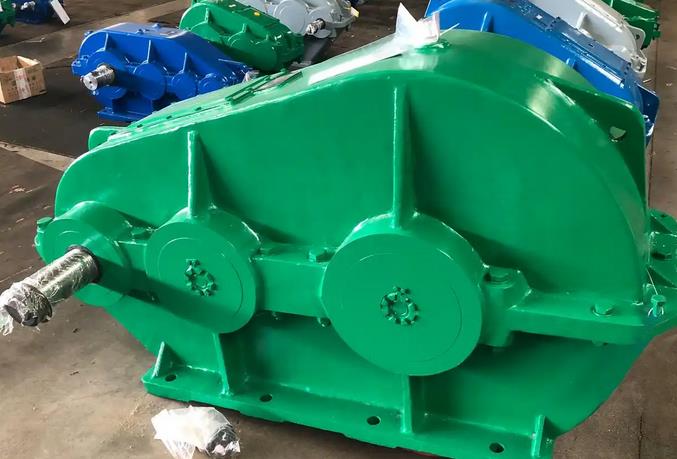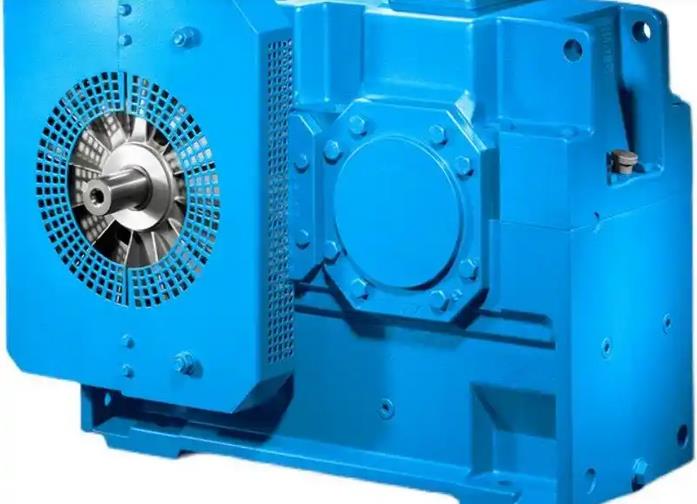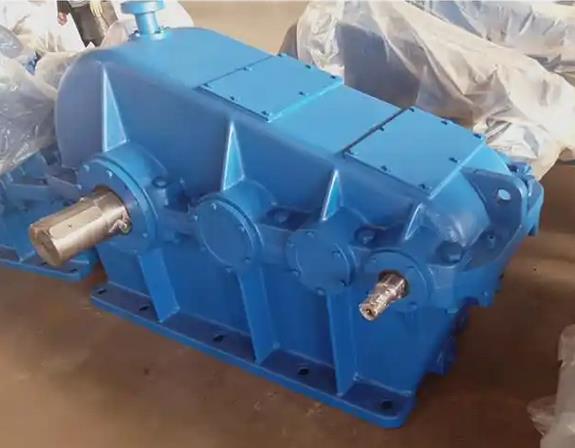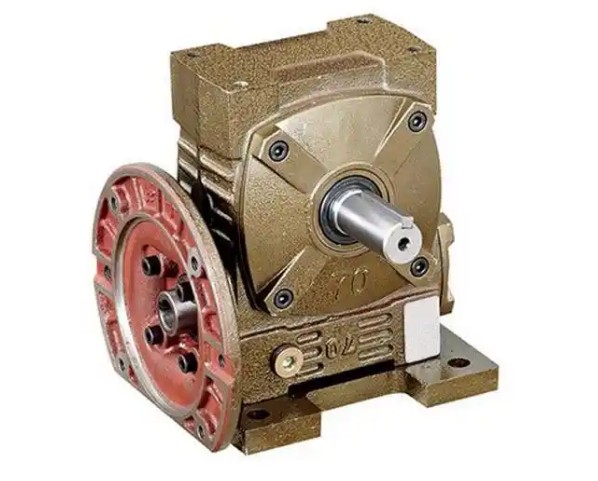What impact does the gear ratio accuracy have on the performance of the R87F - YEJ7.5 - 4P reducer?
Reduction ratio accuracy refers to the degree to which the actual reduction ratio of the reducer is close to the theoretical reduction ratio. It has multiple impacts on the performance of the R87F-YEJ7.5-4P reducer, as follows:The impact on output speed and torque
Output speed stability: When the reduction ratio accuracy is high, the reducer can more accurately reduce the input speed of the motor according to a predetermined ratio, and output a stable speed. For example, in conveyor belt equipment on automated production lines, if the reduction ratio accuracy is high, the running speed of the conveyor belt will remain stable, ensuring the uniform conveying of materials, which is conducive to improving production efficiency and product quality. On the contrary, low precision reduction ratio can cause fluctuations in output speed, affecting the normal operation of the equipment.
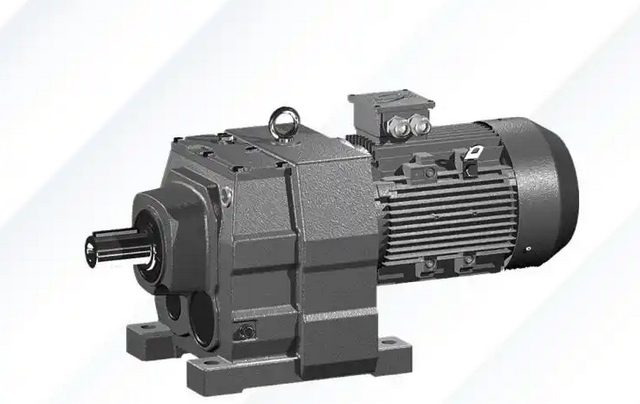
Accuracy of output torque: The reduction ratio is closely related to the output torque. According to the formula "output torque=input torque x reduction ratio", a higher reduction ratio accuracy can ensure that the output torque is closer to the design value. In equipment that requires precise torque control, such as the feed system of precision machine tools, a high-precision reduction ratio can ensure that the tool is machined according to the predetermined cutting force, improving machining accuracy and surface quality. However, low reduction ratio accuracy can cause deviation in output torque, which may result in equipment malfunction or damage to workpieces.
The impact on the smoothness of equipment operation
Vibration and noise: If the precision of the reduction ratio is insufficient, the gears will experience uneven force during transmission, resulting in increased vibration and noise. Being in this state for a long time not only affects the working environment of the operator, but also accelerates the wear of components such as gears and bearings, shortening the service life of the gearbox. For example, in textile machinery, excessive vibration and noise can affect the quality of yarn and also reduce the reliability and stability of the equipment.
Impact and wear: Inaccurate reduction ratio can cause impact on the gear during meshing, exacerbating the wear on the gear surface. Especially under frequent start stop and forward/reverse operating conditions, this impact and wear will be more pronounced. For example, in the lifting mechanism of a crane, low reduction ratio accuracy can lead to jerking during the lifting process, increase the wear of the steel wire rope, and even cause safety accidents.
The impact on system control accuracy
Automation control: In modern industrial automation systems, many devices require precise speed and position control to achieve automated production. High precision reduction ratio can ensure accurate matching between the output of the reducer and the instructions of the control system, improving the control accuracy of the system. For example, in the joint drive of robots, high precision reduction ratio can make the robot's movements more precise and complete complex tasks. However, low precision of the reduction ratio can lead to increased errors in the control system, affecting the automation level and working efficiency of the equipment.
Synchronous operation: In some situations where multiple devices need to operate synchronously, such as large printing machines, paper machines, etc., the accuracy of the reduction ratio directly affects the synchronization between the devices. If the precision of the reduction ratio is not consistent, there will be differences in the operating speed of each device, leading to a decrease in product quality and even the inability to produce normally.

